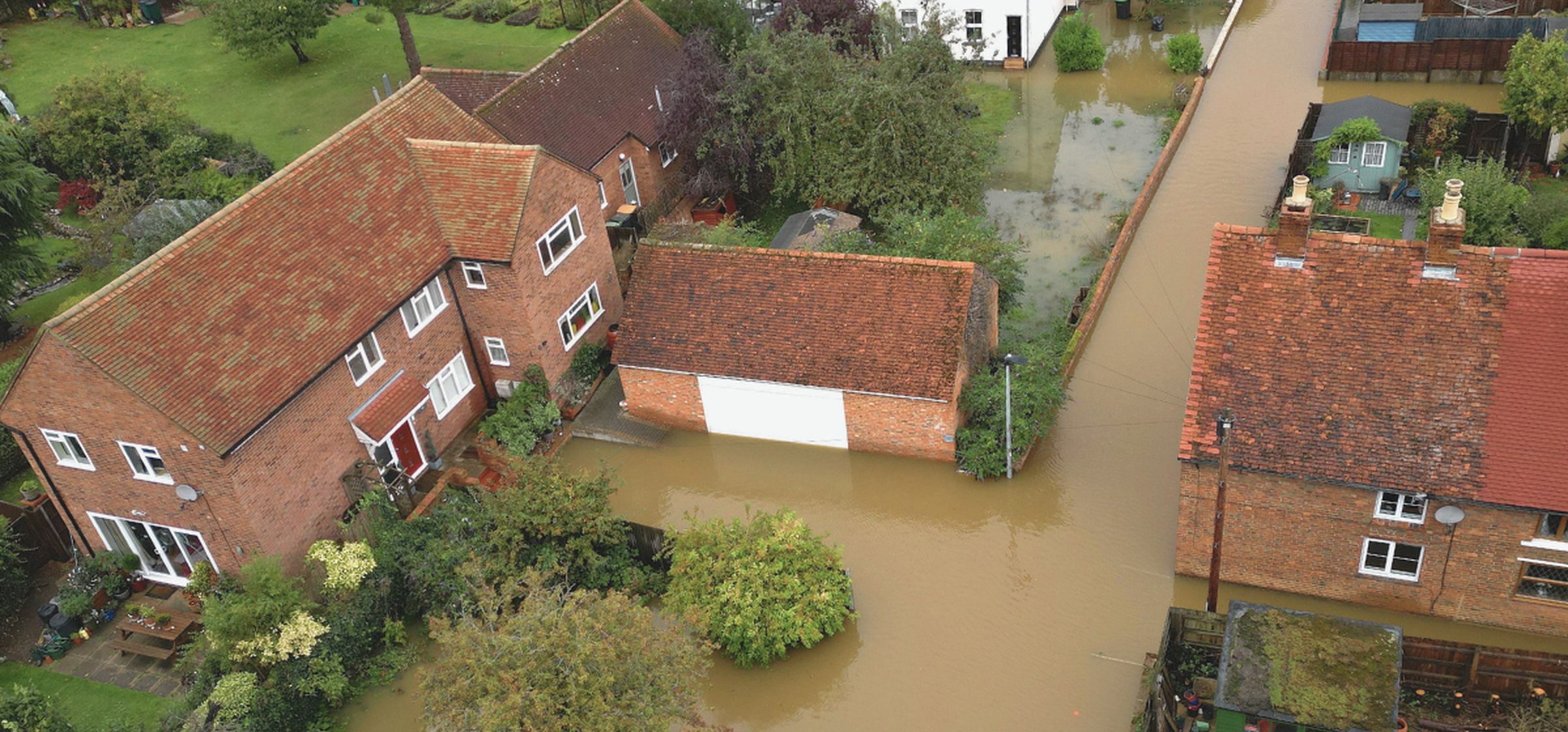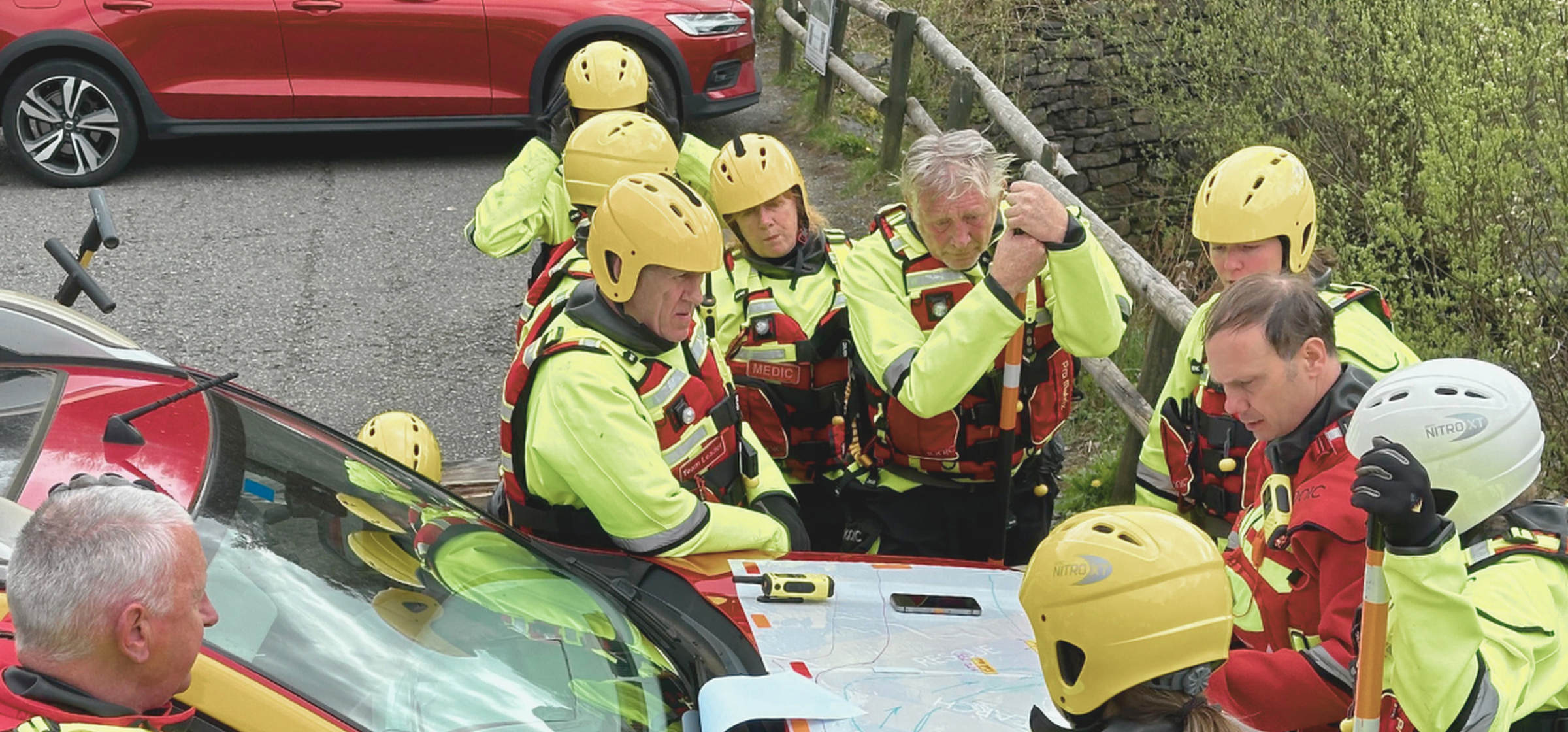The Water’s Rising. Are We?

Posted by Olivia Everett 22nd July 2025 News
Estimated Reading Time: 4 mins
The climate crisis is here. And yes, it's personal.
The UK just had its wettest winter half-year on record. Not its wettest day. Not its wettest week. Its wettest six-month stretch since records began.
We’re seeing places flood that were never supposed to. Postcodes that didn’t even make the flood risk maps.
The six-month stretch from October 2023 to March 2024 broke rainfall records and exposed critical gaps in the UK's national flood response. And who do you think will feel the punch first?
Gran in the ground-floor flat. The child with an inhaler and a pre-pay meter. These are families already facing a choice between rent and dinner, with nothing left over to pay contents insurance.
This isn't hyperbole. In Valencia, torrential rain hit the hills west of the city and triggered flash floods that killed 228 people.
And, as always, it was the most vulnerable who paid the highest price. Nearly half of those who died were over 70.
The people with the least power are usually the ones left behind as water seeps through their door.
The parallels are not theoretical. They’re instructive.
Because these are the same warning signs we’re seeing here. According to the Royal Meteorological Society’s State of the UK Climate 2024, the UK's severe weather - storms, floods, heatwaves - is hitting harder, more often, and with greater disruption.
Sea levels around the UK are rising faster than the global average, pushing coastal flood risk higher with every tide. Winter rainfall has increased by 16%, contributing to the record-breaking floods we saw across 2023-24. And 2024 itself? The fourth warmest year ever recorded, with extreme heat days (5 to 10°C above historical norms) now far more common. The UK is warming at around 0.25°C per decade. Over the last ten years, we’ve already jumped 1.24°C above where we were in the 1960s. That’s not gradual.
That’s acceleration.
Truth from the field... and the learning.
We say 'flood response', but what we mean is this:
A child with special educational needs and disabilities asked to leave the only safe place they’ve ever known. A volunteer REACT Flood Responder explaining to a care worker they might have to evacuate. Not yet. But maybe. So be ready. Clothes packed into a bag, with the Jellycat safely tucked away the night before. A home flooded the next day.
During the 2024 floods, our Type D flood team deployed to Bedford and they made it in time to Water Lane Children’s Home. They gave staff the data and confidence to act early. The evacuation was safe. The damage was not.
“It’s their safe space. For a lot of them, it’s the only one they’ve ever had. So to leave because of flooding...it’s massive.”
Kerri Paul-Tardy, Deputy Manager at Water Lane Children’s Home
We debrief every deployment. In Bedford, we saw how timely intelligence gave frontline staff not just data, but confidence. That’s the kind of capability that must be scaled. We don’t just need more teams. We need better learning loops across local authorities, responders, and civil society. Because let’s be honest, floods test and expose our coordination, trust, and decision-making under pressure.
And what we have seen, when risk isn’t shared and roles stay unclear, communities are left to guess when to act. And that is how we lose lives.
That is why we are working to see a future where Local Resilience Forums, communities, and REACT Responders aren’t just reacting together, but planning together. Where data, trust, and readiness are built long before the water rises.
Flood resilience isn’t a technical fix. It’s a social contract. You can’t deploy trust on demand. You build it, slowly with the local communities most at risk of flooding.

REACT Responders undergo swiftwater rescue training to prepare for flood response operations. Credit: REACT, 2023
The call to build
This is the reality of flood response in 2024. Ordinary people stepping forward, giving up their weekends, their warmth, and their safety, to protect someone else’s. To stop a bad day becoming a disaster.
But without investment, we can’t keep going. Right now, we can only deploy to one flood, in one place. We don’t need a miracle. We need shared responsibility. The UK needs a flood response capability that’s predictable, credible, and rooted in local knowledge. That means funding the infrastructure: the training of volunteer Flood Responders, the kit, the systems that make response possible.
But let’s be clear: we can't do this alone.
It takes everyone at the table with equal stakes. DEFRA. Fire and Rescue. Local GPs. Community groups. Head teachers. Data scientists. Councillors. Faith leaders. The Environment Agency. The Met Office.
And then us.
Highly trained volunteers from every walk of life, who don’t just show up when it floods, but who are already rooted in the communities most at risk. People who live in the postcodes behind the headlines. Who know which door to knock on first. Who don’t wait for permission to care.
The climate crisis has started, and response has to become as natural and embedded as any other public service. 2024 gave us the UK’s wettest October to March on record. We aren't afraid to say it. What will 2025 bring? Storms are getting faster, harder, more frequent.
If we’re serious about climate resilience, we fund it. We build it. We lead it together.
This isn’t about one team. It’s about a new blueprint for public readiness.
And this is where it begins.
